WASHINGTON, D.C. – On August 28, 1963, more than 250,000 Americans gathered at the National Mall to hear Rev. Dr. Martin Luther King Jr. deliver what would become one of the most famous speeches in American history: the “I Have a Dream” address.
The March on Washington
The event, officially known as the March on Washington for Jobs and Freedom, was a landmark moment in the civil rights movement. Organized as a collaborative effort between civil rights groups and labor organizations, the demonstration was both peaceful and powerful.
Protesters rallied not only against racial segregation and civil rights abuses but also against employment discrimination and economic inequality. The march united diverse groups—Black, Latino, and other disenfranchised communities—along with allies demanding justice and equal opportunity.
King’s Defining Words
Standing before the Lincoln Memorial, Dr. King delivered an address that has since been etched into the fabric of American history. His call for freedom, justice, and racial equality resonated across the crowd and far beyond Washington.
With his refrain of “I have a dream”, King painted a vision of a future where children would be judged not “by the color of their skin but by the content of their character.” His words captured both the urgency of the struggle and the hope for a more just society.
Impact and Legacy
The march, and King’s speech in particular, became a turning point in the civil rights movement. The widespread attention it received helped build momentum for landmark federal legislation.
Just one year later, Congress passed the Civil Rights Act of 1964, which outlawed discrimination based on race, color, religion, sex, or national origin. The act remains one of the most significant achievements of the movement and a foundation of modern civil rights law.
Remembering the Moment
Sixty-two years later, the speech continues to inspire generations. It is studied in classrooms, quoted by leaders, and remembered as a blueprint for progress. The march demonstrated the power of nonviolent protest and the ability of ordinary citizens to demand extraordinary change.
While progress has been made, ongoing conversations about racial justice and equality show that the dream King spoke of is still a work in progress. His words remain a reminder of both how far the nation has come and how far it still has to go.

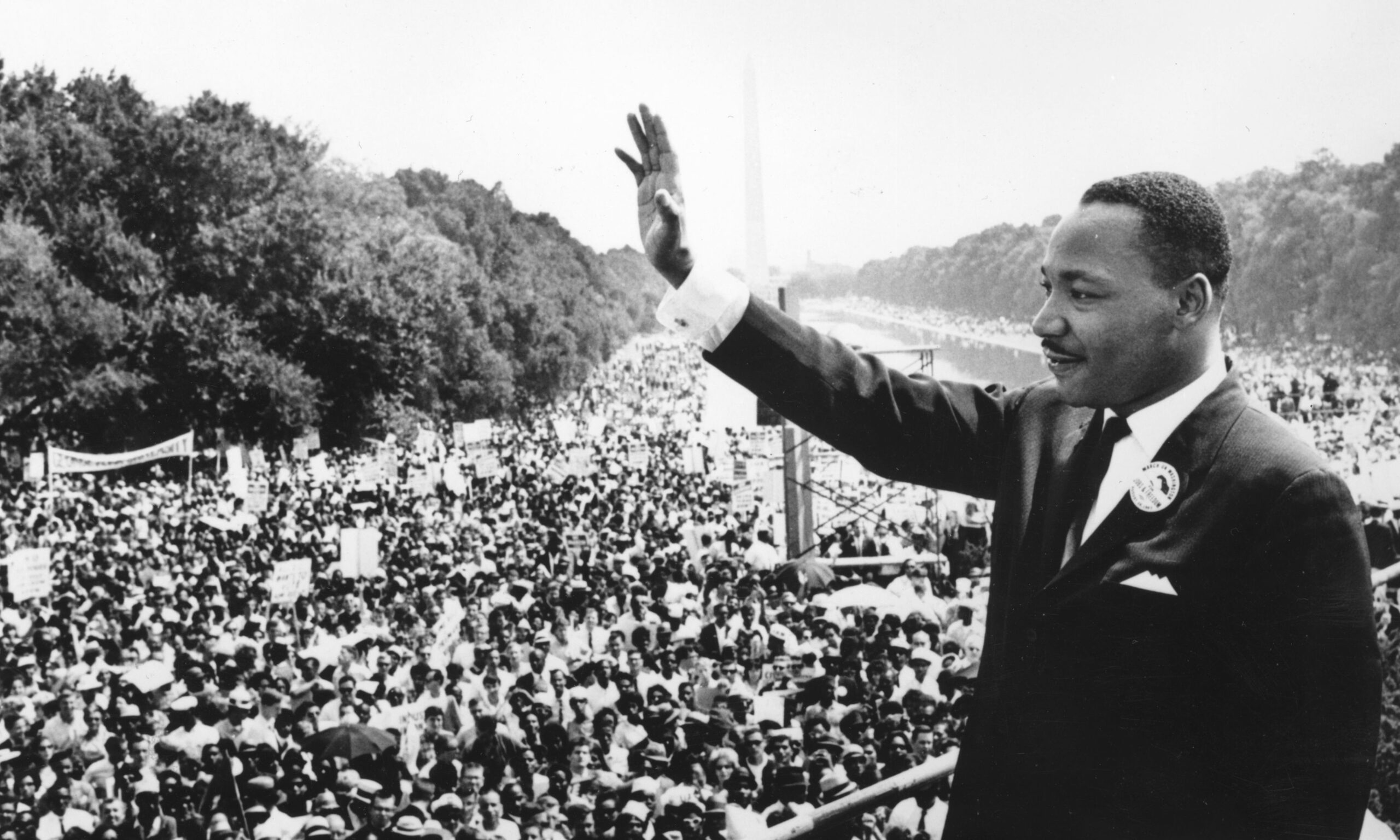
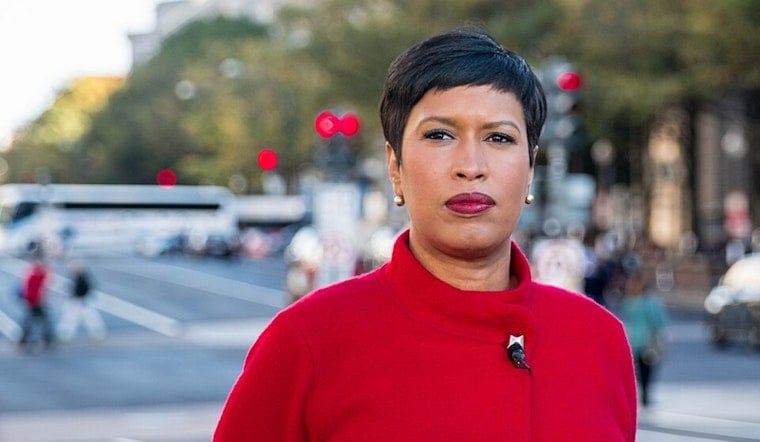
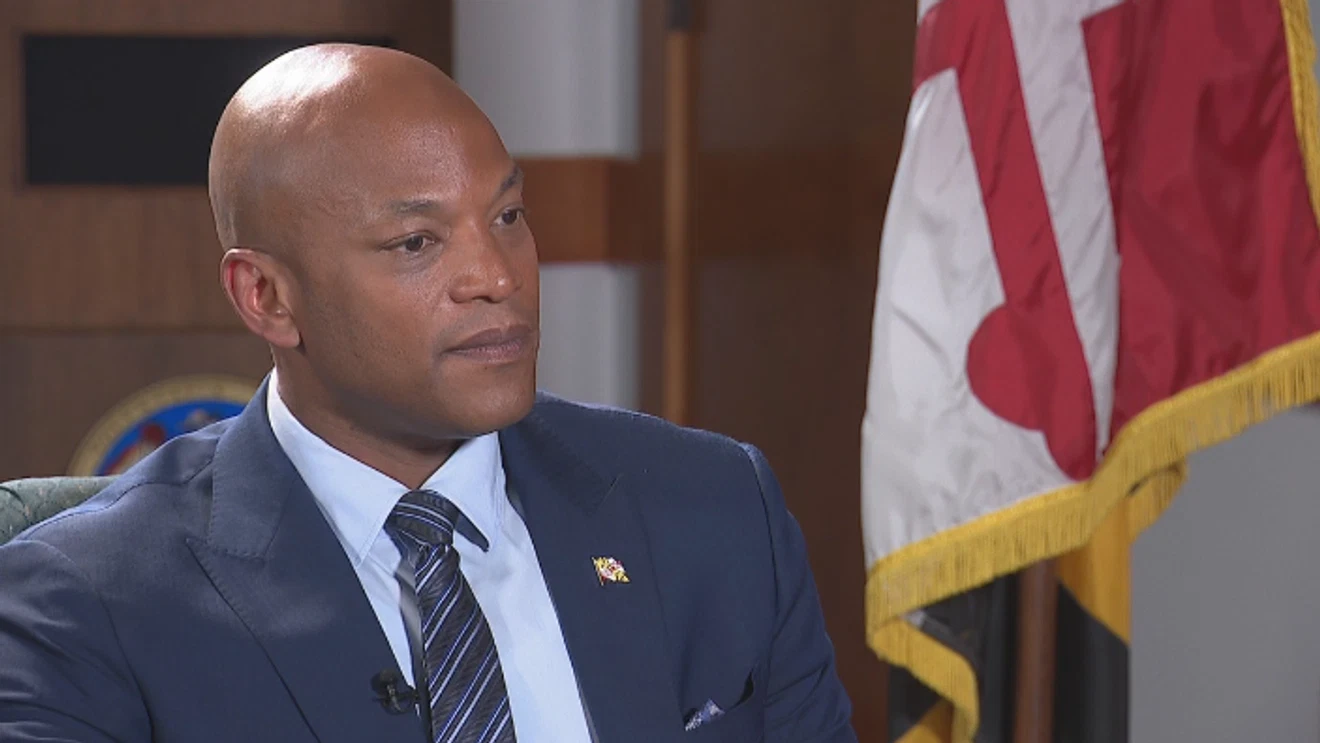
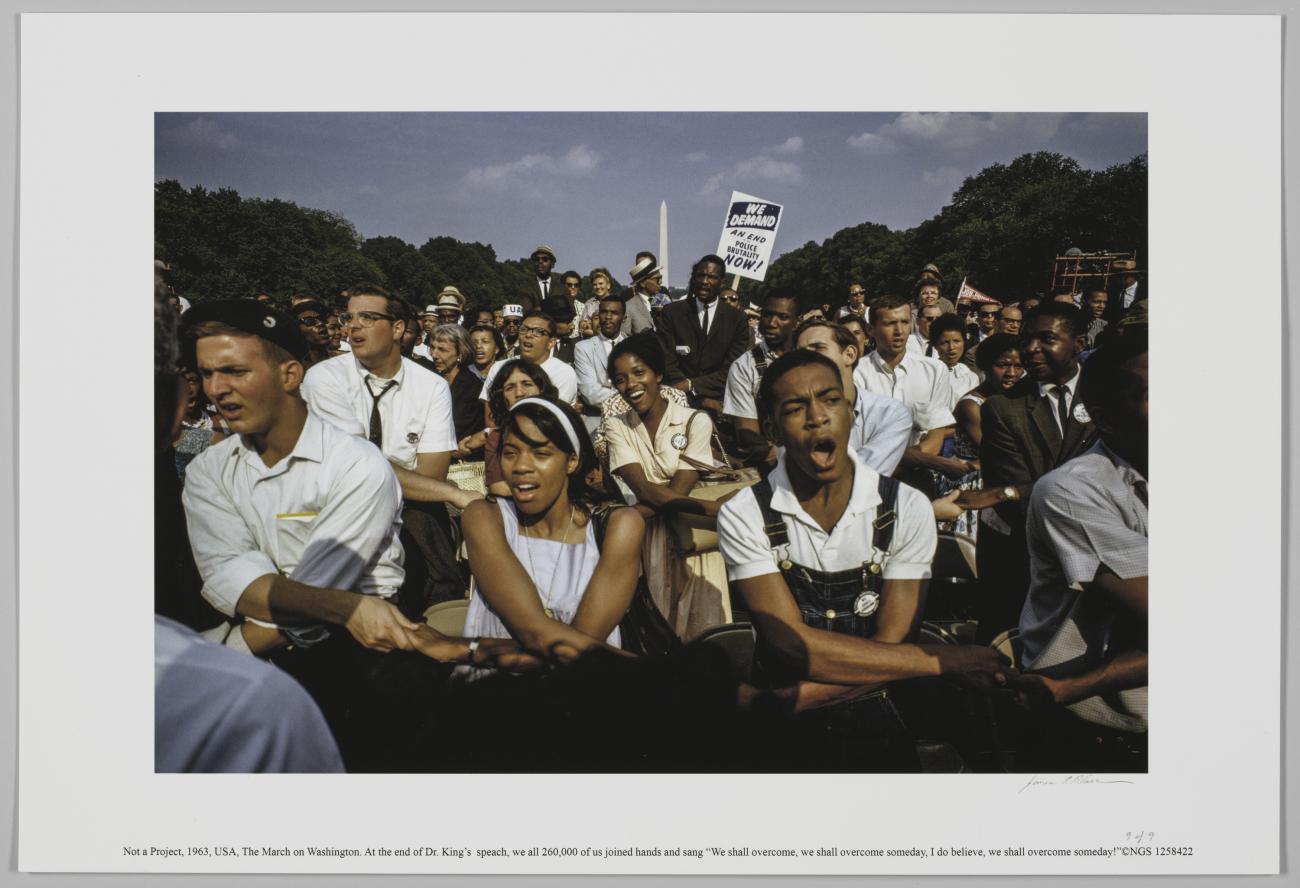

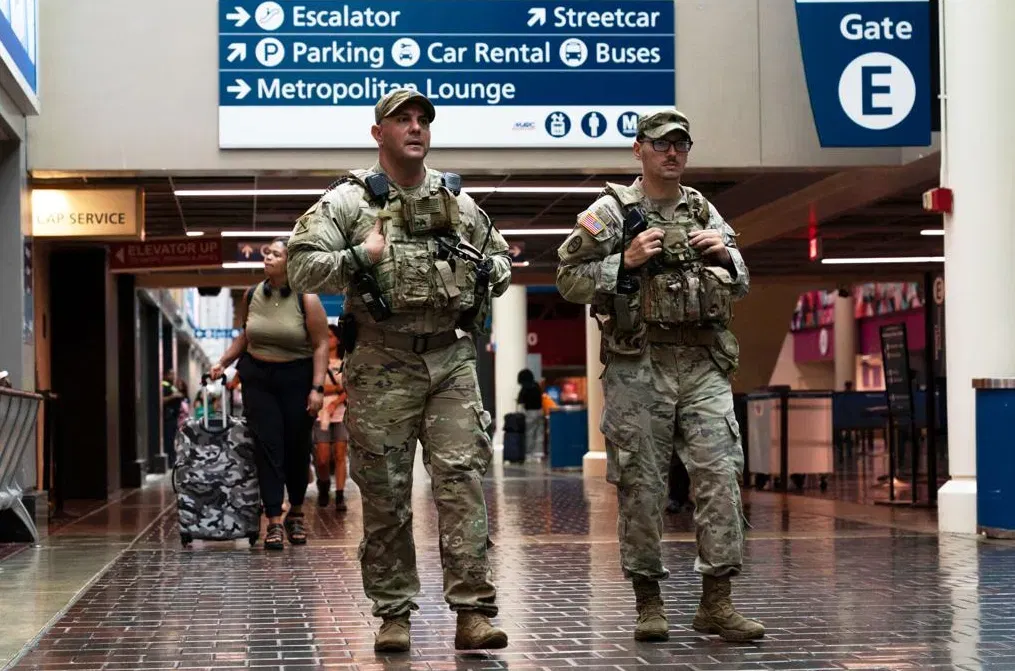
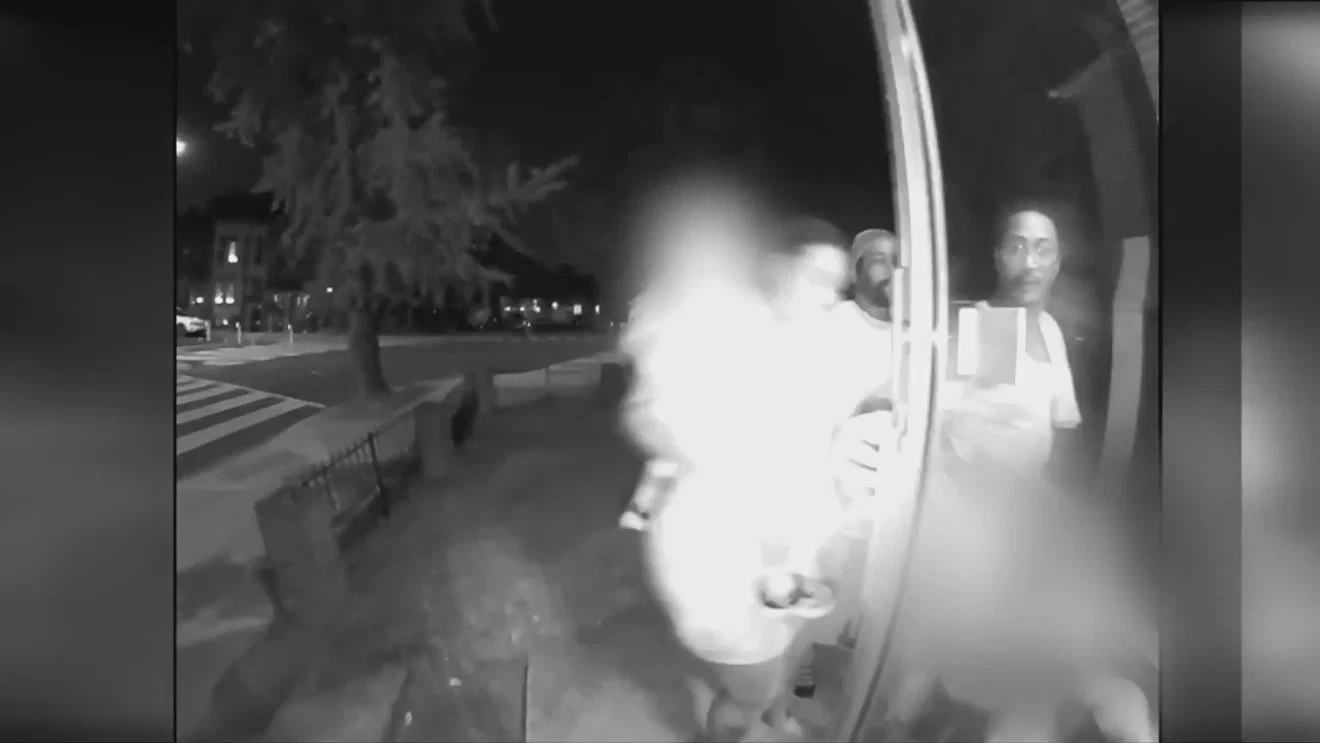
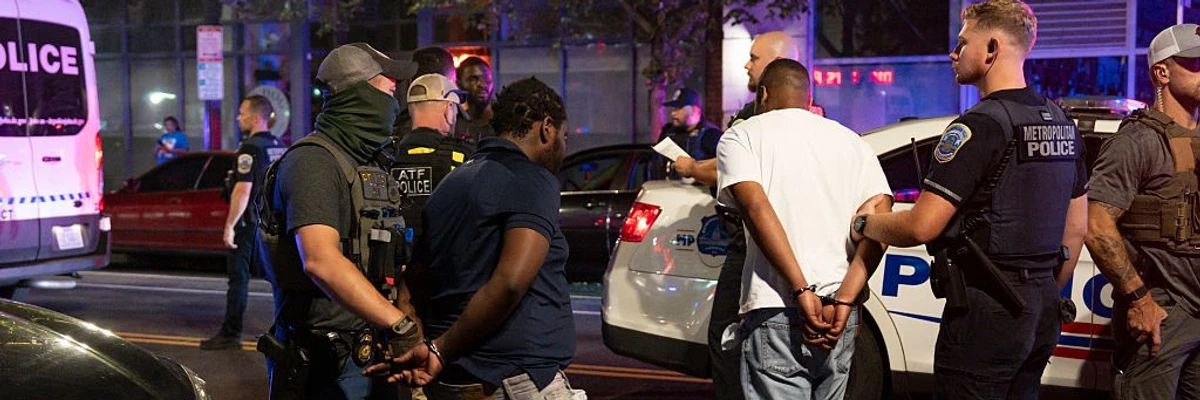
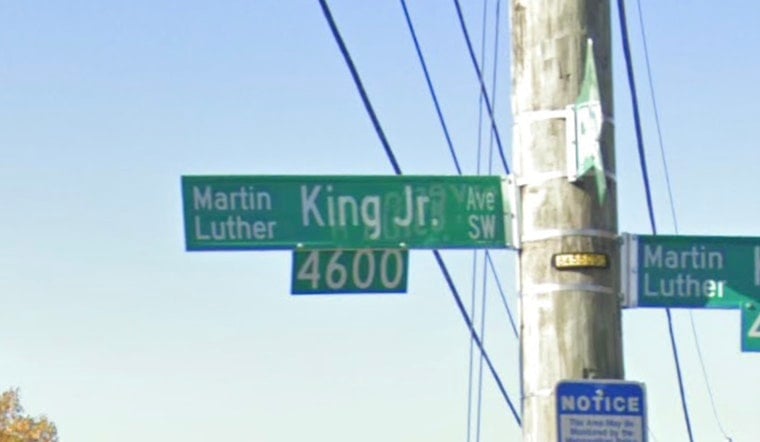

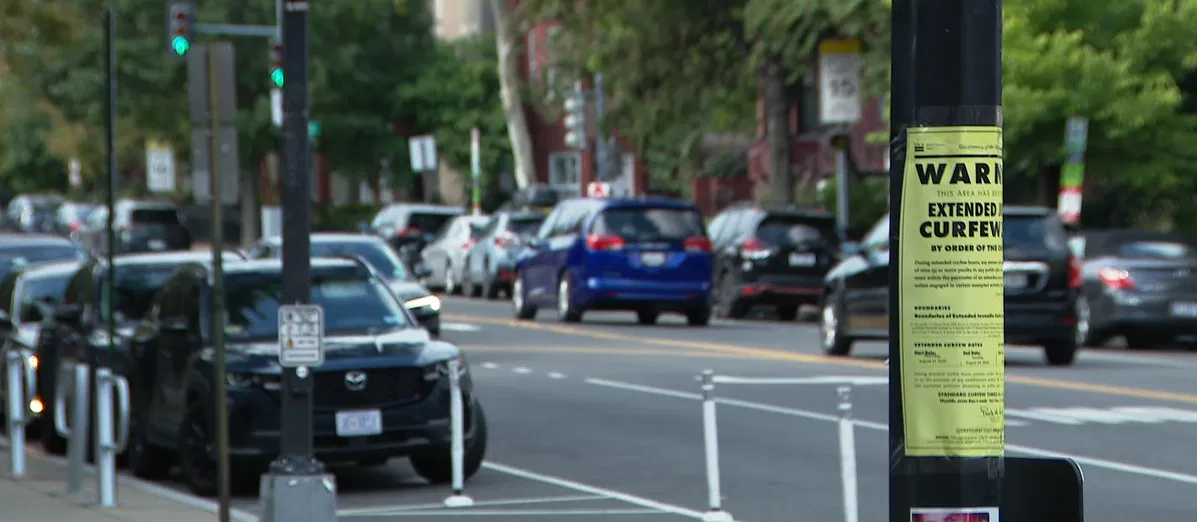
Leave a Reply